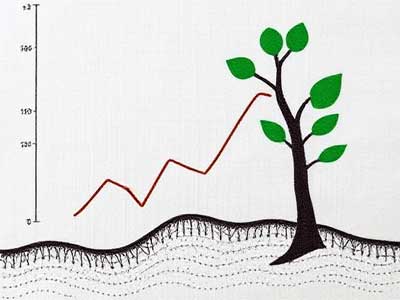Reducing carbon emissions is a critical challenge that organisations across the globe are grappling with. With 25 years left to address climate change, the path to achieving significant reductions in emissions is challenging and loaded with complexities.
Natalia Block, an Analytics Consultant at TEAM Energy, looks at the multifaceted nature of this undertaking and reveals how organisations can navigate a carbon emissions reduction plan.
For many organisations, a carbon reduction plan can seem overwhelming. The task involves not only understanding and measuring emissions but also implementing methods that can lead to meaningful reductions. This process is often complicated by the need to address emissions across various scopes and engage a wide range of stakeholders.
One of the key tools in the fight against carbon emissions is the use of near real-time data. By leveraging advanced monitoring, data integration and reporting technologies, organisations can gain immediate insights into their emissions. This data allows for more responsive and adaptive processes, enabling organisations to identify problem areas and implement corrective actions swiftly.
Effective emission reduction requires the engagement of all stakeholders, including employees, customers, investors, and the broader community. Organisations must foster a culture of sustainability and ensure that all stakeholders understand the importance of reducing emissions. This can be achieved by tailoring initiatives to different stakeholders through transparent communication, targeted education, and by demonstrating the tangible benefits of sustainability initiatives.
Organisations need to collaborate with suppliers to ensure that they are also committed to their carbon footprint reduction plan. This can involve setting sustainability criteria for suppliers, providing support and resources to help them improve their practices, and integrating sustainability into procurement processes.
Reducing carbon emissions is undoubtedly a complex and daunting task, but it is also an essential one. By understanding the different types of emissions, leveraging near real-time data, engaging stakeholders, collaborating with the supply chain, and utilising effective tools, organisations can make significant strides in their sustainability journeys.


















Related Items
Climate scientists are ignoring fast-growing cities in Africa and Asia
Reducing psychological distance can help kids cope with climate anxiety
Lower greenhouse gas emissions not necessarily due to climate policy